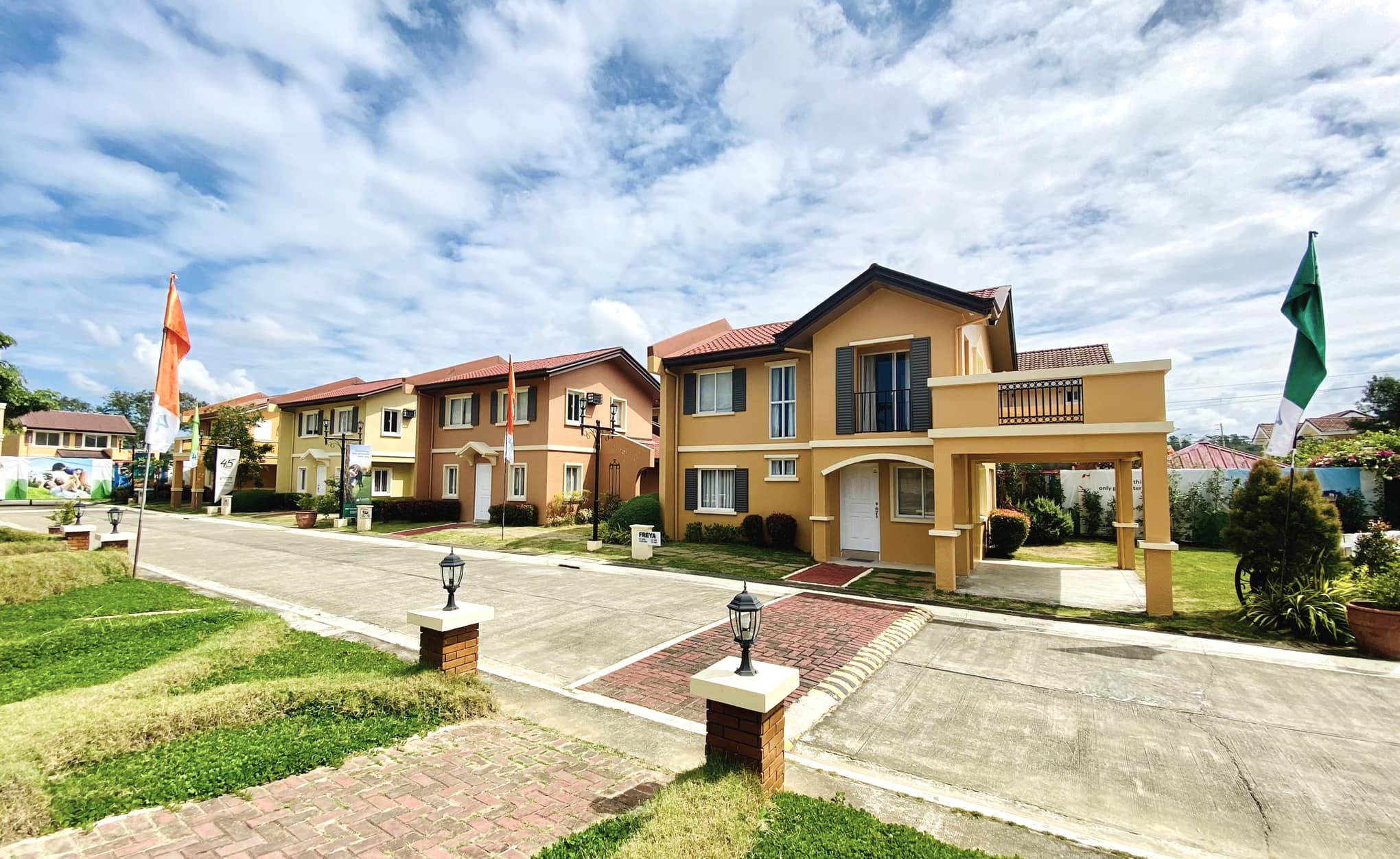The Bataan-Cavite Interlink Bridge Project (BCIB), a visionary undertaking in the Philippines, promises to revolutionize transportation and economic dynamics in the region. This article delves into the multifaceted impact of the project, which includes alleviating traffic congestion, stimulating economic growth, and fostering regional connectivity.

Overview of the Bataan-Cavite Interlink Bridge Project
The BCIB, valued at PHP 175.6 billion, is the soon-to-be longest bridge in the Philippines, co-financed by Asian Development Bank and Asian Infrastructure Investment Bank. The main span of 32.15-kilometer, four-lane bridge will connect Barangay Alas-asin in Mariveles, Bataan, and Barangay Timalan Concepcion in Naic, Cavite.
Approximately 80 percent of the structure will be over the sea, featuring two navigational bridges: the 400-meter North Channel Bridge and the 900-meter South Channel Bridge, traversing Corregidor Island.The project includes the construction of interchanges with the existing road network, local junction improvements, land and marine viaducts, approach bridges over marine areas, a turnaround facility near Corregidor Island, and a special span bridge near Cavite
When done, the bridge is projected to cut travel time between Central Luzon and CALABARZON from five hours to just 45 minutes, a reduction of about 86 percent.
Engineering Marvel and Design
The project, executed in collaboration with Korea’s Pyunghwa Engineering Consultants and DCCD Engineering Corporation, entails the construction of the North and South Channel Bridges. These structures are marvels of modern engineering, featuring long cable stayed bridges, marine and land viaducts. The detailed engineering design also takes into account climate change impacts, ensuring long-term resilience.
Economic Implications and Growth
The bridge is more than a transportation link; it is also a gateway for economic growth. By providing a direct route between Central Luzon and Metro Manila, the BCIB project is expected to stimulate economic activities in both regions. The bridge reduces travel time, fostering efficiency in the movement of goods and people, thereby enhancing productivity and economic opportunities.

Impact on Traffic Congestion and Transportation
One of the most immediate benefits of the BCIB project is its potential to alleviate the chronic traffic congestion in Metro Manila. By offering an alternative route, it will significantly reduce the traffic volume within the region, improving overall travel efficiency in the region.
The easy travel across two provinces attracts relocation. Affordable yet housing units such as Camella Balanga Heights in Balanga City and Camella General Trias are few kilometers away from the bridge – perfect for individuals who want to start new beginnings or for families who want to put down roots.
Advancement in Infrastructure and Connectivity
The project is a testament to the Philippines’ commitment to infrastructure development and regional connectivity. It not only connects two crucial areas but also integrates them into a larger network that boosts accessibility and economic interdependence.
Environmental and Social Considerations
In its design and execution, the BCIB project takes into account environmental sustainability and social impacts. The bridge’s construction involves minimal disruption to maritime activities and considers the wellbeing of communities in its vicinity, like Barangay Alas Asin.
International Collaboration and Expertise
The project is a product of international collaboration, with global institutions and experts contributing to its planning and execution. This joint venture not only brings in financial resources but also global expertise in bridge construction and infrastructure development.
Project Readiness and Implementation
The overall project readiness prior implementation, including contract packages for civil works and project wide ancillary works, is meticulously planned. The Philippine government, in partnership with international entities, ensures that every phase of the project, from design to construction, adheres to global standards.
Impact on Prices of Goods and Services
With reduced transport and logistics costs, the bridge will help bring down the prices of goods and services, leading to considerable savings for businesses and consumers alike.
Development of Seaports
The project will also support the development of seaports in Bataan and Cavite, traversing Manila Bay, positioning them as potential international shipping gateways. This development is crucial for enhancing the Philippines’ maritime trade and logistics capabilities.
Enhanced Inter-Island Connectivity
The BCIB is expected to strengthen inter-island linkages and connectivity, fostering closer economic and social ties between different regions of the Philippines.
In the end, the project is a vision for a connected and prosperous future. It embodies innovation and sustainability, aiming to create a lasting impact on the region’s transportation, economy, and social fabric.
The Bataan-Cavite Interlink Bridge Project represents a significant leap in infrastructure development in the Philippines. Its completion will not only ease traffic congestion but also pave the way for economic growth, enhanced connectivity, and regional development.
This project stands as a beacon of innovation, collaboration, and forward-thinking in the realm of public works and infrastructure development.

Check out our House and Lot for Sale Properties
Discover our house and lot for sale properties in the Philippines


